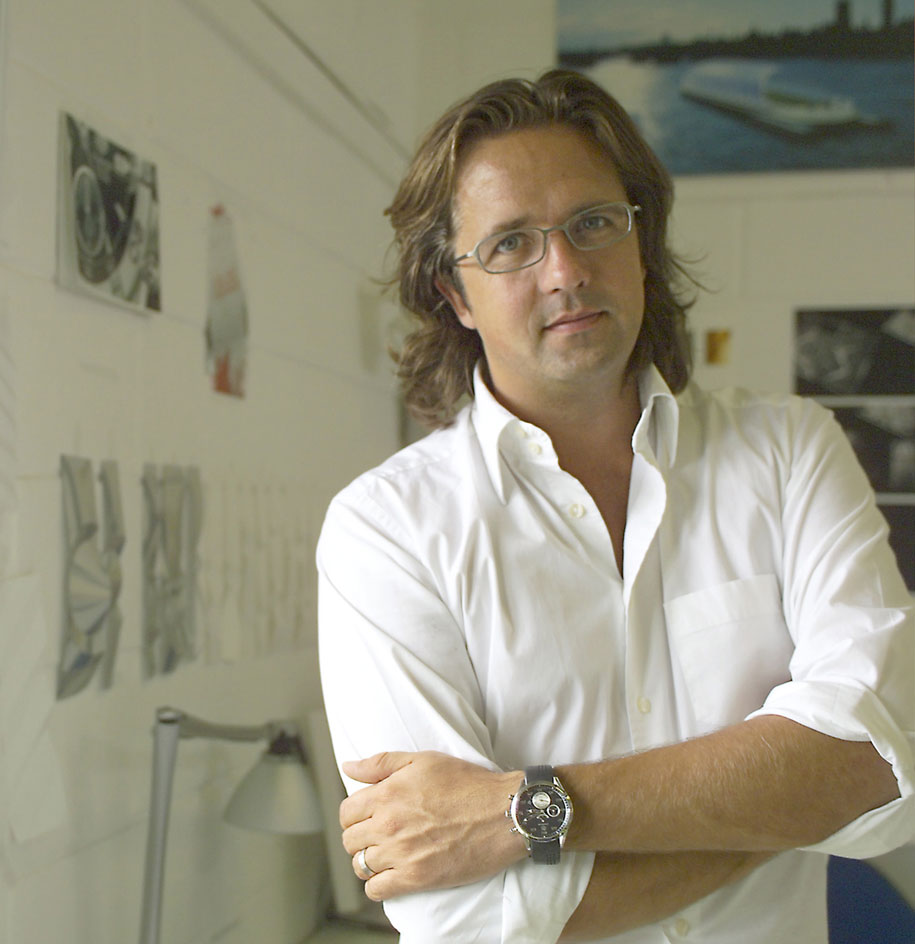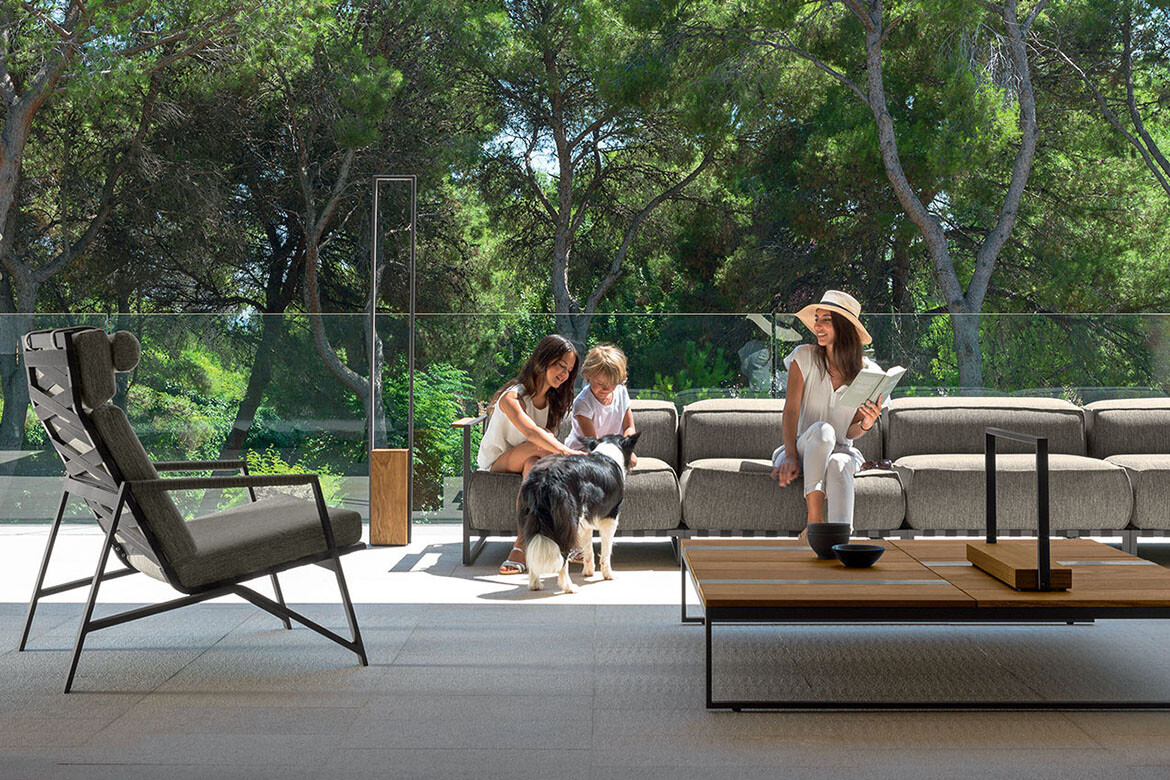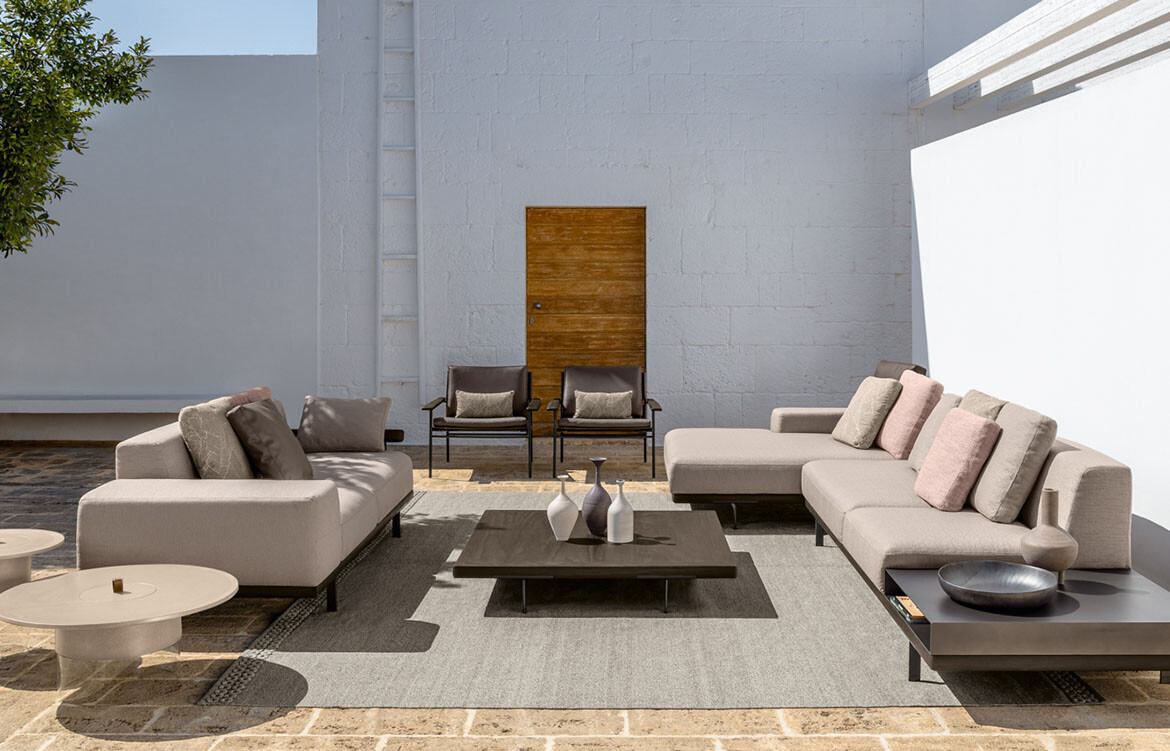It was in early 2000 that Gebrit began its collaborations with designers, just before the release of their Dance-line flush plates (Samba, Rumba,Tango, Twist). Until then, says National Marketing Manager Nora Prager Stumpf, “the brand was primarily focused on the technical aspect of design, and aesthetics came second.” Geberit products went behind the wall and European customers, traditionally their largest market, were most interested in reliability, products that were “easy to install and long lasting”. “Given this, function was our primary consideration,” says Stumpf.
But trends change and the aesthetic of products became more important. “Women,” for example, says Stumpf, “got more involved with the product selection process and to them, the look was crucial.” Rather than losing out to a “better looking brand”, Geberit embarked on their collaborations with designers. In order to sell the solution (concealed cistern), they needed to have smaller and better looking flush plates. Since the Dance-line plates, Geberit have been realising new plate designs every second year, and now multiple new designs every year.
The actuator plate Geberit Sigma80, for example, is designed by Daniel Irányi – to be simple and “with the spoiled eye in mind: It is not more than a seemingly levitating, black or mirrored glass plate of magic depth. And not less.” It functions with sensors that detect hand movement and enables a touchless activation, so as to ensure a very high level of hygiene in public or private bathrooms and that no fingerprints will interfere with the look – namely reflections of lights and shadows. Its pure appearance and option of five colours of the LED light makes it perfect for all kinds of bathroom designs. For this, it’s won numerous awards.
Another long-standing design collaboration is with Geneva-born Christoph Behling. With his commitment to water preservation in particular, it is a perfect match. Further pushing the limits of bathroom technology and toilet systems in future projects, together Behling and Geberit together “have developed several collections” including the Sigma60, Sigma01 and Sigma50.
“These give the architectural and designer society the ability to specify products where visual consistency can run through a building.” says Behling. On top of that, “we are refining a recognisable design language for all of Geberit’s products to communicate the outstanding values of their company.”
And Geberit are clearly dedicated to this collaborative process, continuing to challenge the designers with product development along the way. The plate must be elegant and minimalistic, as well as contemplate colour trends, for example, but it also must be “big enough to get someone’s hand inside,” says Nora. It also has to be “sustainable in water consumption or, if it’s an electronic plate, be energy saving.” The products must be functional and attractive. As Behling points out, Geberit products don’t scream: “Look at me, I’m different. For this reason, I have to work very discreetly”.
As well as reflecting a company that is in touch with their market, it shows that Geberit is sophisticated; they can recognise their weaknesses. Yes, Geberit has always prided itself on being technical, reliable and giving extra support, but until the early 2000’s had not paid special attention to design. Choosing to engage with high profile design professionals proves a total commitment to continuing to make the most premium of products – “not only in terms of technical solution but in terms of look”.
Geberit
geberit.com.au


















